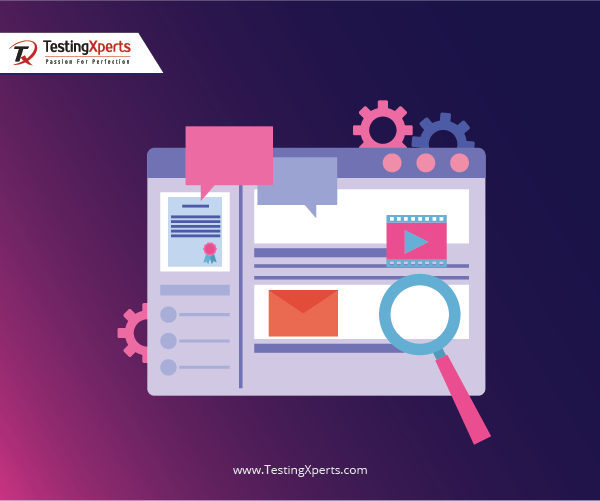How API Testing Differs from UI Testing
The platform of software testing has gained huge prominence in software development projects because of its efficacy to identify bugs, enhance overall quality and ensure both user and functional requirements are met. Application programming interface (API) testing and User Interface (UI) testing are two of the key software testing types that plays a crucial role in software testing and development process. In this article, you will get to know the differences between API testing and UI testing.
It is a software testing technique through which APIs are tested. It verifies if the APIs are working fine as expected in terms of security, reliability, performance and functionality. The business logic of the application is focused upon by the API testing method. Calls to the API are sent by the software. Requests to API are sent by the software, output is received and the actual responses are compared with the expected responses.
What is User Interface (UI) testing?
The user interface is the application’s screen through which the user interacts. The testers will test the layout of the application. The individual components of the interface, such as menus, input fields, button color, as well as how they interact with each other are tested. UI testing aims to identify any errors, defects or usability issues before the software is being released to end users.
Following are a few scenarios wherein API testing can be leveraged:
Dealing with application’s complexity: When there is certain amount of complexity involved in the application and has some decisions, calculations based on the data that has been processed, entered etc. Through the API tests platform, all the calculations are validated and are done properly on the back end. Certain things can also be validated that may not be done on the front end.
Considering the initiation of the development process: When the app is in the initial stages of the development process and if the UI has still not been developed then the process can be initiated by writing an API test to ensure that issues are not identified earlier and the back end is working correctly in the development process.
Following are a few scenarios wherein UI testing can be leveraged:
Considering the end-to-end user flow: Through the UI testing platform, tests can be prepared that covers the entire end-to-end user flow, with all the completing forms, element interactions etc. Through this, there is a sort of surety that actions on the app are completed by end users and all the elements are shown correctly.
Ascertaining the user-friendliness of an application: When the user interface of the app is tested, then the user-friendliness and usability of an app is tested from a user’s perspective. Then after, suggestions are provided by the end user.
Following are a few key differences between API testing and UI testing:
API testing | UI testing |
Both developers and testers are involved in performing the testing process | Mostly testers are involved in the testing process |
It is performed at the back-end, i.e., the back-end layer | It is performed at the front-end, i.e., the presentation layer |
The execution is done at a rapid pace | The execution is done at a slow pace |
The application’s business logic is assessed | The application’s functionality is tested |
Testing is performed between back-end of one application and back-end of another application | Testing is performed between user and front-end of the application |
Conclusion: The above mentioned differences between API testing and UI testing will provide you more clarity. If you are looking for in-depth and strategic advice on API and UI testing that can be of worth for your project needs, then just get connected with a leading software testing services company.




Comments
Post a Comment